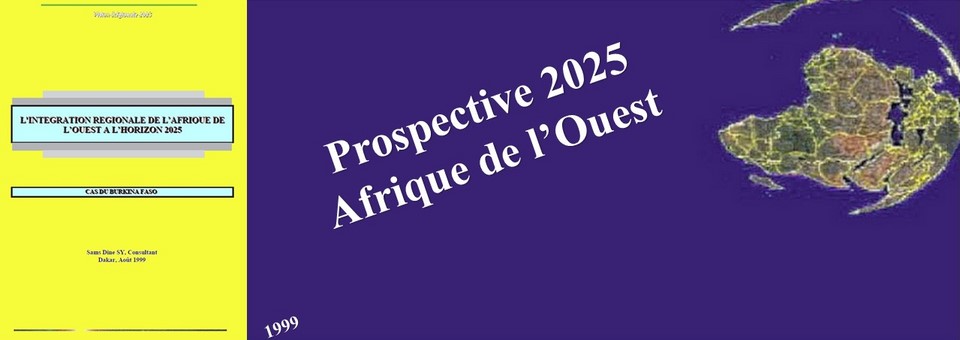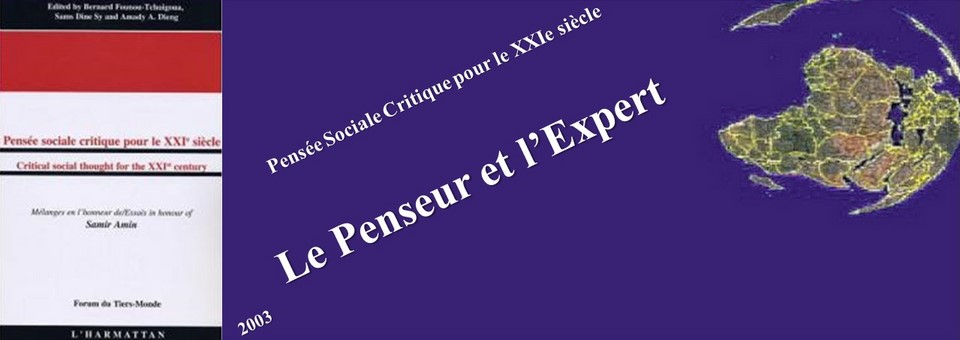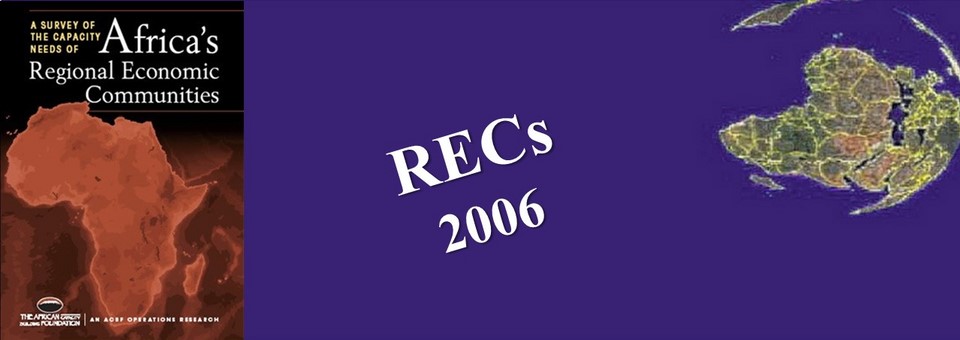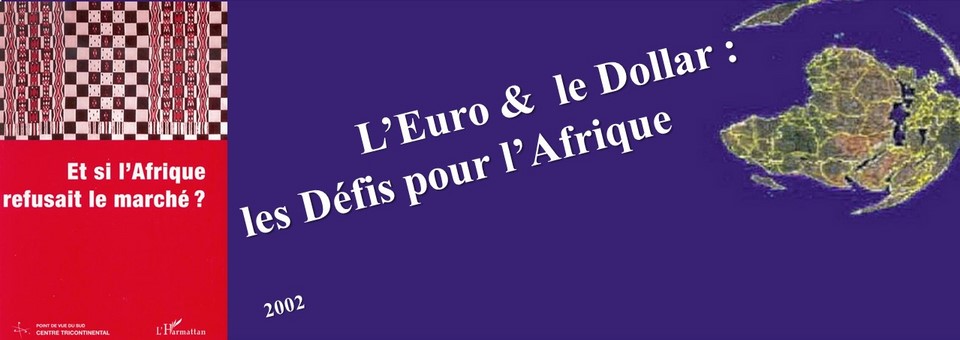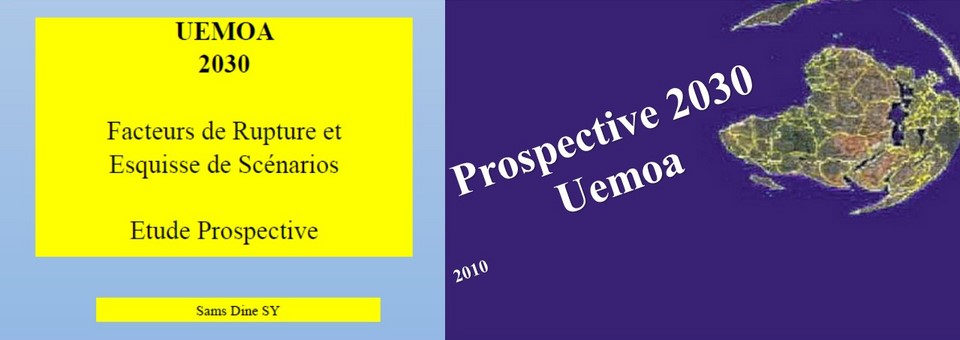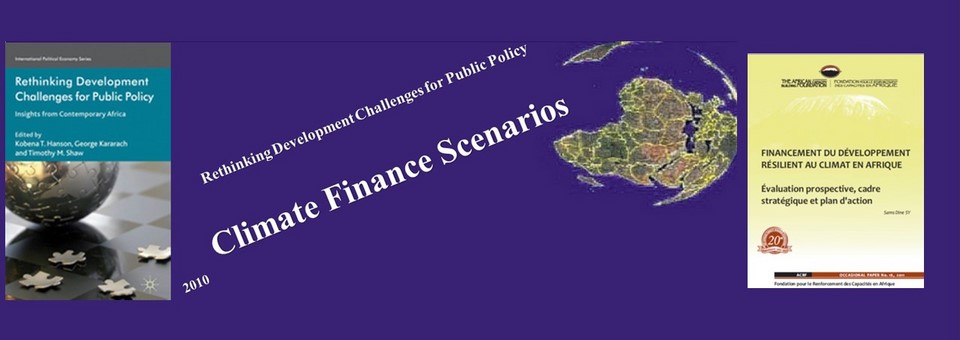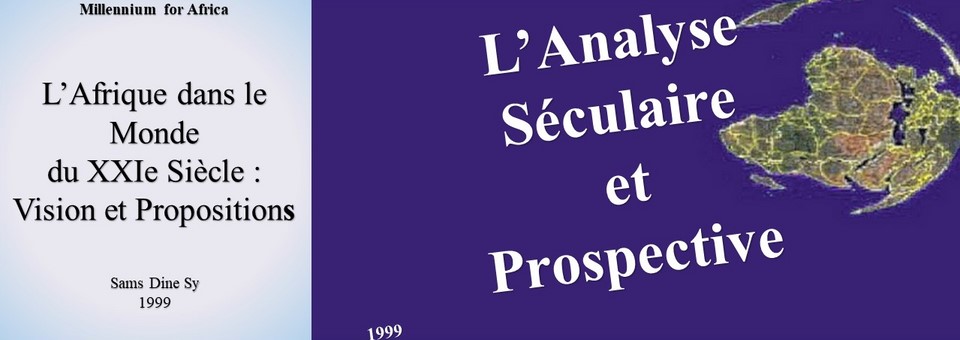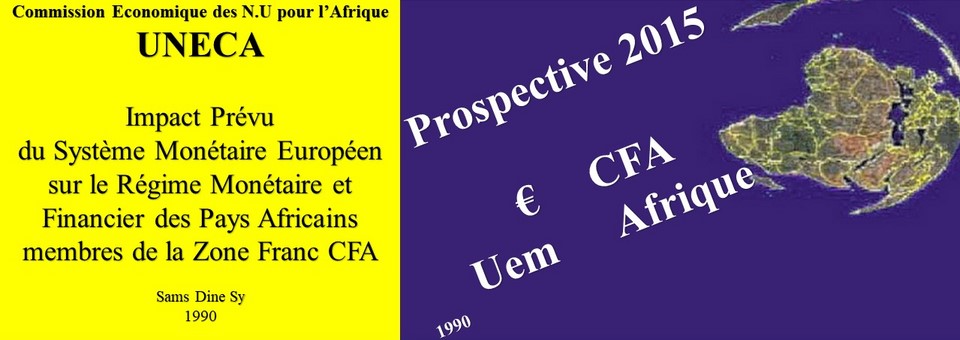Financial and banking analysis capacity
Bank Finance Market
The Governors of BCEAO and BDF have designed a professional, international, high-level MBF/CESAG Programme to accompany the modernisation of the African financial sector in full transformation with financial globalisation. In support of the Central Banks, ACBF, the EU and AFD made available to CESAG, as executing agency, financial resources intended to cover training and capacity building expenditure over the period 2001-2006. The major objective of this programme is the formation of a critical mass of high-level professional skills in banking and finance. In addition, the project was to strengthen the human and institutional capacity of CESAG in higher training in banking and finance at international level and train a core group of managers and trainers specialized in these two fields.
It must be admitted, however, that the project's ability to achieve the expected performance was moderately satisfactory. The translation of this vision into a concrete programme was hampered by financial and managerial shortcomings. The partnership around the project was put to the test, the coordination of implementation proved to be a task beyond the organisational capacities of CESAG. The involvement of banks, companies, market companies, directly or through professional organizations did not materialize and had no impact on the financial performance of the project. Yet the capacity of African financial systems to cope with the risks and uncertainties of financial globalisation has never been so weak. This is evidenced by the proliferation of alarming reports on Africa's development prospects up to 2015, and international and bilateral initiatives to halt the decline in official aid. The effective use of increasing aid, financial market failures and slow progress in corporate governance are now new challenges for African banking and finance skills.
The project has so far successfully trained 4 cohorts in the degree program. The training of trainers only started this year. However, the expected results of the continuing education program and the distance education program have not been achieved since they have not been achieved to date. CESAG and BCEAO, which was to assume leadership in training by placing under their responsibility more than half of the modules found themselves assuming less than a third. The Africanisation of the programme has been slowed down, with consequences on the cost of the MBF, which constitutes an obstacle to its appropriation by CESAG.
From the mid-term review of February 2005, it emerges that the project is in a zone of radical uncertainty. Four scenarios are outlined for consideration of the outlook. These scenarios are constructed from a renewed reflection on :
- the MBF knowledge base: degree of professionalization and interdisciplinarity required to address the complex problem of skills training to take advantage of financial globalization;
- the possible models: one or two parts, one or two options, long and graduating or short in alternation ;
- Analysis of the MBF's financial and strategic issues and the position of the players;
- the precise identification of its added value.
It emerged that the project is no longer immune to a decision to decree the 2005-2006 academic year "ANNE BLANCHE" at the risk of jeopardizing the progress of 2004-2005, in the absence of additional resources to implement the other components of the project.
Master
Draft Guidance Note on the Future of the MBF; 2006
Balance sheet and outlook
Strategic Directions
Priority Action Plan for the period April- July 2005
Synthesis
Scoring grid and limitations
Overall Project Performance
Recommendations
Project Performance Baseline Data
Detailed Report
I. Introduction
Terms of reference
Methodology
II. MBF/CESAG
Background
Purpose and Objectives
Activities and Cohorts
III. Performance
Vision
Design of objectives
Implementation
Management
IV. Training Program Performance
Attractiveness and visibility
Viability and practical utility
Impact and sustainability
V. Financial Performance
Financial situation of the project
Scenario 1: 2006, White Year
Scenario 2 MBF reduced to "Bank" option
Scenario 3: Redeployment and synergies with the IBF Group and COFEB
Scenario 4: Reconfiguration with 2 Pan-African Components
Summary of Performance Assessment
Appendices

